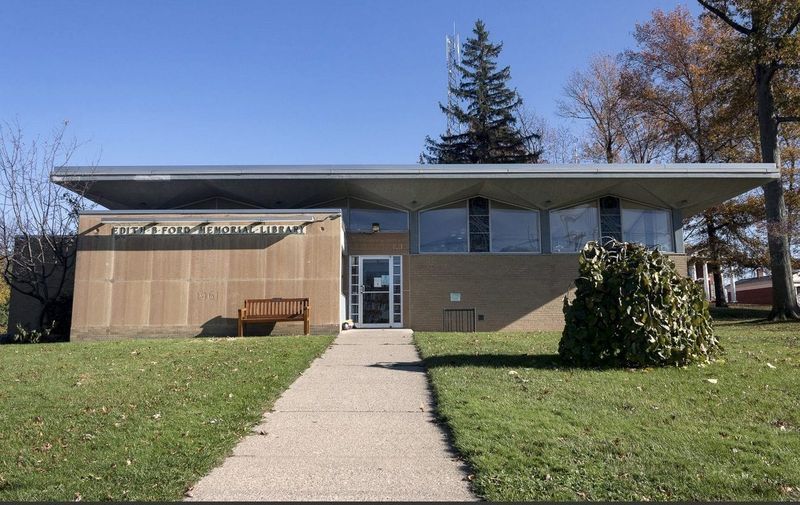Asociace čistých vod na jezeře Seneca (SLPWA) napsala státnímu komisaři pro zdraví Howardu A. Zuckerovi, MD, JD, o zdravotních dopadech vysokého obsahu sodíku v jezeře Seneca a požádala jeho zásah, aby měl také lepší a inkluzivnější monitorování. jako informační kampaň s cílem upozornit ohrožené populace a jejich poskytovatele zdravotní péče o riziku. LETTER Obsah sodíku v jezeře Seneca je 4krát vyšší než u kteréhokoli jiného jezera Finger Lake a je 4krát vyšší, než je doporučená úroveň pro pitnou vodu pro osoby na dietě s omezeným příjmem sodíku a pro kojence. Ale ne všechny zdroje vody využívající jezero jako zdroj testují na sodík. Ještě horší je, že současná regulační struktura nevyžaduje upozornění na osoby na jezerních studnách, které by mohl sodík ovlivnit. Tolik ohrožených jednotlivců si toho není vědomo. SLPWA se domnívá, že kvůli neobvyklému obsahu sodíku v jezeře Seneca, významném zásobování vodou, je zaručena další akce ze strany státu, řekla Mary Anne Kowalski, prezidentka SLPWA. Nějakou dobu jsme mluvili o slanosti v jezeře Seneca. Až donedávna nebyl sodík a jeho potenciální zdravotní dopad spojen s „slaností.“ Nyní, když je jasné, že sodík je klíčovým přispěvatelem „slanosti“, musí stát udělat více.Podle Pauly Fitzsimmonsové asistentem lékaře a členem představenstva SLPWA, rizikovou populací jsou kojenci a dospělí s onemocněním ledvin, hypertenzí a dalšími stavy citlivými na sodík, jako je městnavé srdeční selhání. Sodík je zásadní pro nervové impulsy, rovnováhu elektrolytů a rovnováhu tekutin. Pacienti a praktici by měli být řádně informováni. Požadované varování pro veřejné zdroje vody zní: Voda obsahující více než 20 mg/l sodíku by neměla být používána k pití osobami na dietě s přísným omezením sodíku. SLPWA vyšetřuje, proč není slanost zahrnuta do testování pitné vody u některých komunitních a nepřechodných nekomunitních dodávek vody pomocí vody z jezera Seneca. Dalším významným problémem je nedostatečná informovanost rodin využívajících jezero Seneca jako zdroj vody. SLPWA se také snaží zajistit, aby zdravotníci byli upozorněni, když je celé povodí považováno za vysoký obsah sodíku. Zdravotníci v oblasti povodí neobdrželi žádné upozornění veřejného zdraví, že VŠECHNA pitná voda z jezera má vysoký obsah sodíku, a proto by se s touto vodou neměla připravovat žádná kojenecká výživa, ani by ji neměli pít ohrožení dospělí. Pitnou vodu si většinou nemyslíme jako zdroj sodíku. Obecně vyzýváme všechny, aby pili více vody! A pro většinu se zdravými ledvinami to funguje, řekla Paula Fitzsimmons. Zásobování vodou – SodiumGeneva –72 mg/LWaterloo – 79 mg/LWillard Drug Treatment Center – 78 mg/LOvid – 72 mg/LWatkins Glen – Not ReportedHector – Not Reported Více o sodíku v pitné vodě: Světová zdravotnická organizace (WHO) poskytla revize v březnu 2015, která uvádí, že rozdíly ve zdrojích pitné vody ve světě jsou široké, od<20mg/liter to over 200 mg/liter. Populations with low sodium intake have lower incidence of hypertension and do not have the age associated increase in blood pressure that we have in the United States. Although salt is absolutely a critical mineral for the human body, there is not agreement on required daily amounts. Guidelines are 120-400 mg in infants and children and 500 mg for adults. Nor is sodium regulated; the EPA has it on the contaminant candidate list which gives the agency authority to monitor and study it further but it is much further down the list of concerns than many other contaminants due to lack of data on human impact. Therefore, there is a general recommendation that a warning be given to at risk populations if the drinking water salinity exceeds 20 mg/liter and there is even some consensus that this level could safely be a little higher.The at risk populations are infants and adults with kidney disease, hypertension, and other sodium-sensitive conditions such as congestive heart failure. Sodium is crucial to nerve impulses, electrolyte balance, and fluid balance. The kidney is responsible for elimination of sodium and therefore must be functioning fully for the sensitive balance of sodium in the bloodstream to be maintained. Infants have undeveloped kidneys; for them, hypernatremia (high sodium in the blood stream) can lead to permanent neurologic damage. Acute sodium toxicity leads to nausea, vomiting, convulsions, worsening of congestive heart failure, and cerebral and pulmonary edema. The association between sodium and hypertension is not completely understood but a high percentage of people with hypertension are sodium sensitive, i.e., sodium intake will raise their blood pressure. The usual medical caution is to limit sodium to 2000 mg/day for these people. A teaspoon of table salt contains about 2300 mg of sodium. The average American consumes 4000-6000 mg daily. With the SLPWA stream monitoring, and the lake monitoring done by Finger Lakes Institute and Community Science Institute, we find variations in the sodium levels. But the actual health recommendation should be made over 20 mg/liter. At this time there is no sodium testing included in the Hector Town or Watkins Glen Annual Water Quality Reports (AWQR). Those that are testing for sodium and finding elevated levels must include the following warning in their annual water quality report:Water containing more than 20mg/l of sodium should not be used for drinking by people on severely restricted sodium diets. About Seneca Lake Pure Waters Association:The 25-year old Seneca Lake Pure Waters Association (www.senecalake.org) is dedicated to 'enhancing and preserving the quality of Seneca Lake'. It received a 2013 U.S. EPA Environmental Quality Award for an outstanding commitment to protecting and enhancing environmental quality and public health. The Environmental Quality Award is the highest recognition presented to the public by EPA. The SLPWA website at http://www.senecalake.org/ has current information about activities and complete comments on the dSGEIS and regulations.
mackenzie-dětský výprodej 2021

